One can find the Lal Qila Museum inside the premises of the grand Red Fort itself in Delhi. Situated within one of the prominent symbols of the nation, the museum hosts a massive display of artefacts, paintings, and manuscripts that go on to represent the grandeur and style of the Mughal period. The place consists of several exhibitions that depict the rise and fall of the great Mughal rulers, together with the occurrences in India’s struggle for independence. The visit to the Lal Qila Museum is an enthralling historical journey and an opportunity to experience the cultural and architectural achievements.
Location
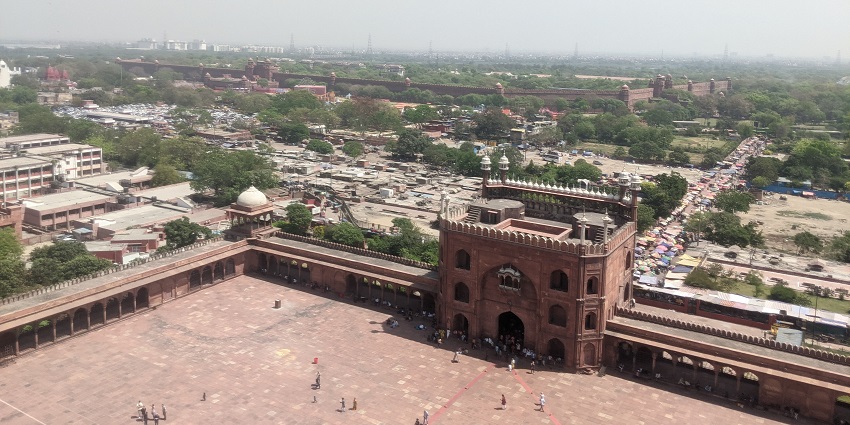
Photo: Lessermortal / Wikipedia
One major museum, the Red Fort Museum, is within the confines of the UNESCO World Heritage Site. The Lal Qila Museum address makes it quite accessible, in terms of proximity to Chandni Chowk, Delhi’s oldest and most populated market. The Red Fort itself stands as an outstanding landmark that signified India’s affluent history and architectural brilliance. As part of your visit, get an opportunity to view the museum and the area that is full of history and cultural heritage.
Suggested Read: Things To Do In Chandni Chowk Delhi To Witness Its Real Charm
How To Reach Lal Qila Museum
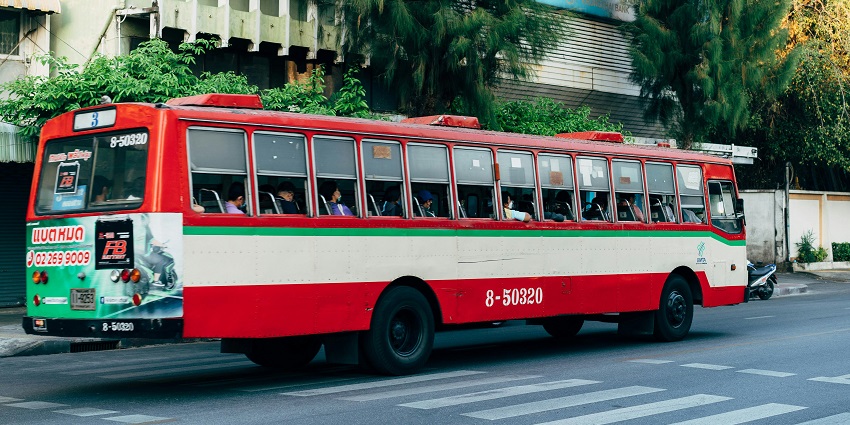
Photo: Markus WInkler / Pexels / Image For Representation Only
1. By Metro: Chandni Chowk Metro Station is the nearest metro point to Red Fort. From there, it is quite walkable to come down directly to the fort. Delhi Metro connects the said station with all other parts of the city through its yellow line, hence making it easy for people to visit.
2. By Road: Delhi’s wide network of buses has numerous routes passing by the Red Fort. You can take any bus going to Chandni Chowk or Kashmere Gate. Both are close to the fort. Besides that, you can also hire a taxi or an auto, which are available all around Delhi. Just get on board and ask for a ride to the Red Fort, and you will be left outside the entrance.
Places To Visit Around Lal Qila Museum
1. Jama Masjid
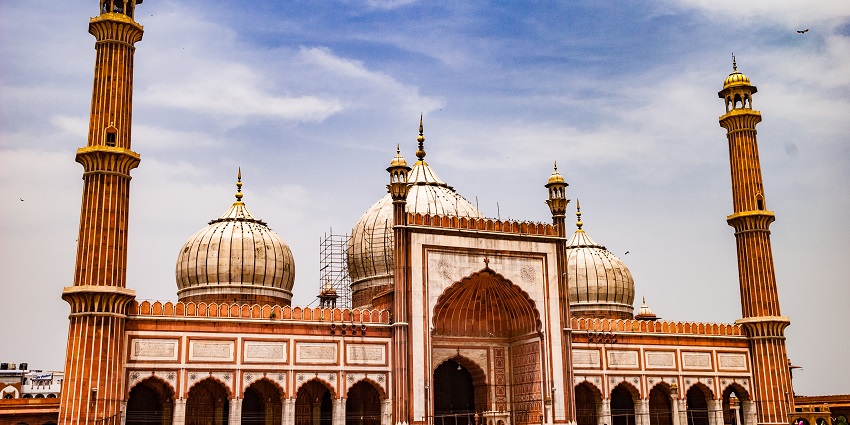
Photo: Bikashrd / Wikimedia Commons
The Jama Masjid is the largest mosque in India, located in Delhi. This edifice is probably the best specimen of Mughal architecture. Shah Jahan commissioned it in 1650. The magnificent structure that took six years to be erected is a testimonial building of the Indian Islamic civilisation. Its vast courtyard allows for over 25,000 worshipers to be accommodated, hence making the mosque itself a central focal point for spiritual activities. Its three grand domes of white marble and black stripes are part of the sky of Old Delhi. One can go up the southern minaret and cherish panoramic views.
Timings: 7 AM – 12 PM and 1:30 PM – 6:30 PM
Entry Fee: NA
Suggested Read: Forts In Delhi To Explore Rich History And Architectural Legacy
2. Chandni Chowk
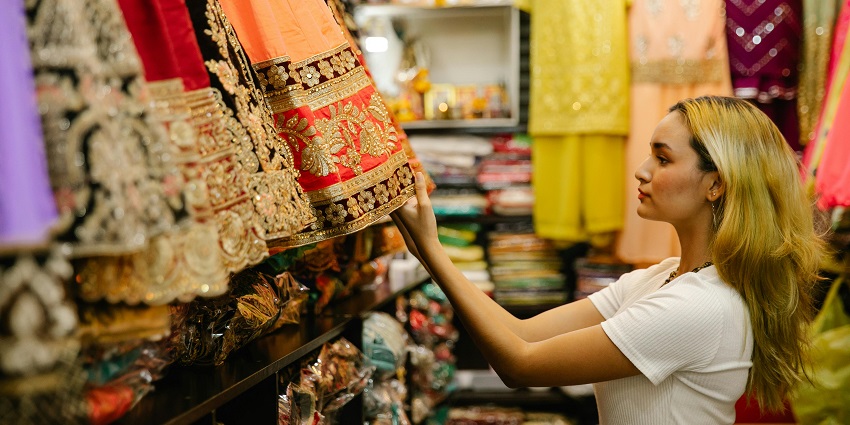
Photo: Lara Jameson / Pexels / Image For Representation Only
Chandni Chowk is one of the oldest and most pirated markets in Delhi, enriched with tradition and history. The 17th-century Mughal Emperor Shah Jahan built this colourful market. Today, Chandni Chowk is an overcrowded and crazy beautiful blend of ancient world charm and modern commerce. Chandni Chowk became famous for its narrow streets filled with shops selling spices, ornaments, cloth, and electronic goods. The foodies find paradise in the many varieties of parathas, chaat, and jalebis served in street food stalls. While exploring Chandni Chowk, one experiences stepping back in time with every corner where history and culture meet.
Timings: 10 AM – 8 PM (closed on Sundays)
Entry Fee: NA
3. Raj Ghat

Photo: Humayunn Niaz Ahmed Peerzaada / Wikimedia Commons
Raj Ghat is a serene memorial of Mahatma Gandhi, known as the Father of the Nation. Situated on the banks of the Yamuna River, this sombre spot is where the ashes of Gandhi were taken after his cremation on January 31, 1948. Constructed out of a black marble platform bearing the inscription “Hey Ram,” reportedly his last words. An eternal flame at one end represents the legacy left by Gandhi. Nestled among well-maintained surrounding gardens, it’s a quiet getaway from Delhi’s hustle and bustle. It is an absolute must-visit for history enthusiasts.
Timings: 6 AM – 7 PM
Entry Fee: NA
Suggested Read: Popular Places To Visit Near Chandni Chowk
4. Red Fort Complex
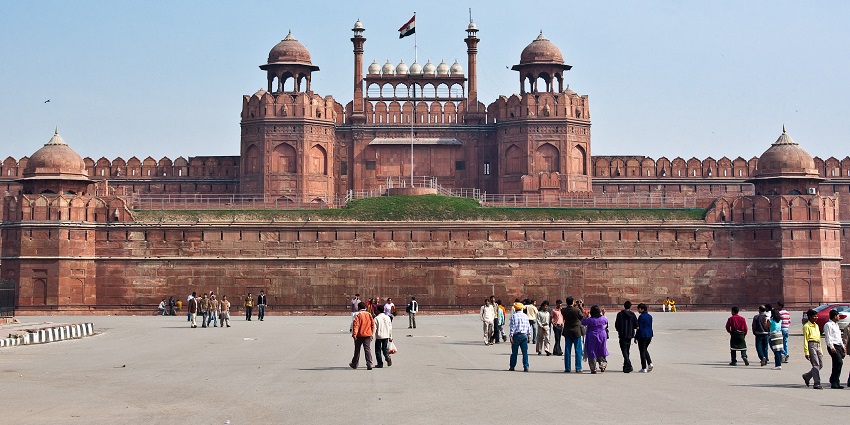
Photo: PerSona77 / Wikimedia Commons
Red Fort, or Lal Qila, is an extensive fortification that acted as the cardinal residence of the Mughal emperors for nearly 200 years. Constructed by Emperor Shah Jahan in 1639, it is one of the highest examples of splendid works of Mughal architecture with its imposing red sandstone walls, intricate carvings, and expansive courtyards. This fort holds not only architectural beauty but from these very ramparts, the first Prime Minister of India, Jawaharlal Nehru, gave his famous speech on the eve of Independence in 1947. Some of the notable structures in this fort complex are DiwaneAam, and Mumtaz Mahal, which houses a museum.
Timings: 9:30 AM – 4:30 PM (closed on Mondays)
Entry Fee: ₹35 for Indians, ₹500 for foreigners
5. St. James’ Church
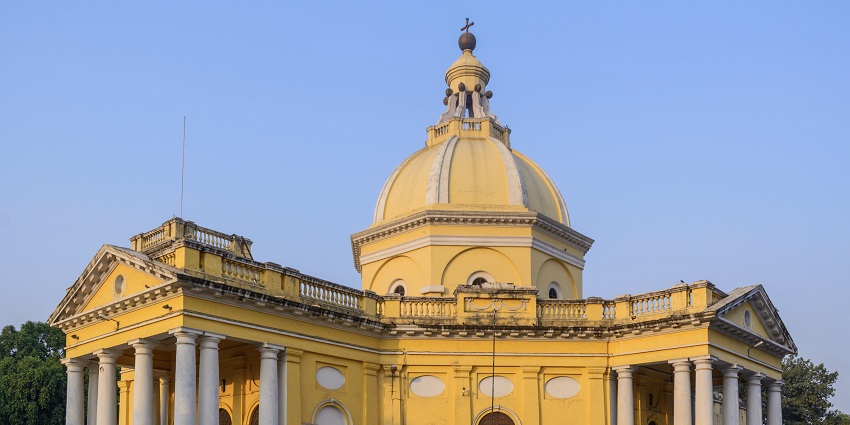
Photo: Amanraj04 / Wikimedia Commons
St. James’ Church, also known as Skinner’s Church, is one of Delhi’s oldest churches and stands as an outstanding example of colonial architecture. The 1836 church belonged to Colonel James Skinner, a legendary figure of British India, who returned a vow that he had made immediately after his near-fatal battle injury. The design of the church was taken from Renaissance architecture and is one of the finest examples. It has a beautiful dome, cruciform plan, and three porticoes. Memorials, beautiful stained glass windows, and the visual appeal of the altar make it even more mesmerising.
Timings: 8 AM – 6 PM
Entry Fee: NA
Suggested Read: Places To Visit In Chandni Chowk For A Quintessential Delhi Experience
Where To Stay
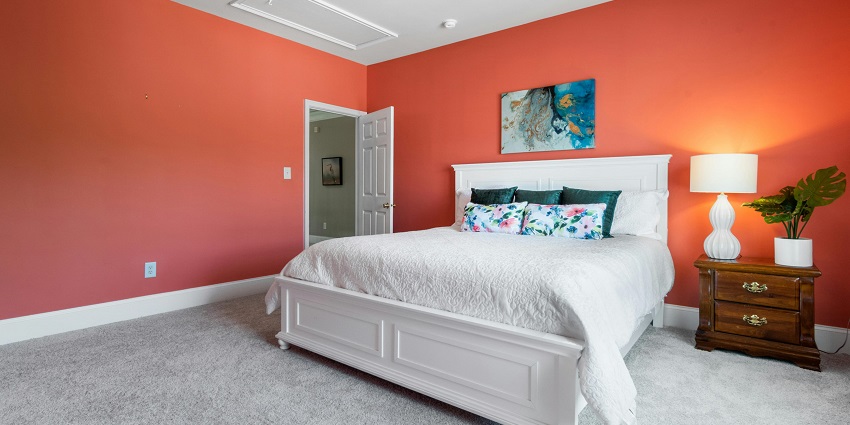
Photo: Curtis Adams / Pexels / Image For Representation Only
Delhi offers a great deal of choice in terms of accommodation, fitting all kinds of budgets. Anyone visiting the museum must think of staying around Old Delhi and Chandni Chowk. Budget guests will have a smooth way with guesthouses and hostels, while mid-range ones have options in the form of Hotel Broadway or Hotel Tara Palace. For an ultimate luxury experience, the LaLiT New Delhi offers world-class facilities, only a short drive from the museum.
Where To Eat
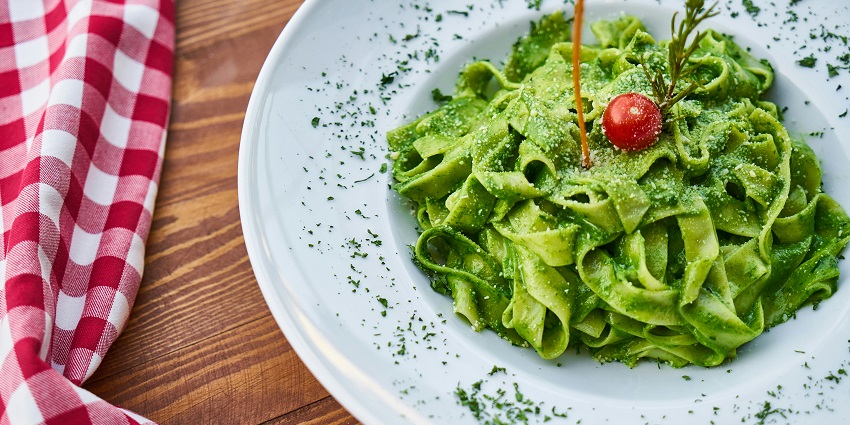
Photo: Engin Akyurt / Pexels / Image For Representation Only
The food options here range from street venues to fine dining. Old Delhi is therefore a paradise for any foodie. From local delicacies at Karim’s, just next to the museum, one gets a taste of Mughlai food; Paranthe Wali Gali offers as many varieties of stuffed parathas as one would have ever had. For a more upmarket dining experience, Havemore Restaurant will be found a short distance away with its mix of Indian and continental cuisine.
Suggested Read: Best Places To Eat Street Food In Delhi
Best Time To Visit
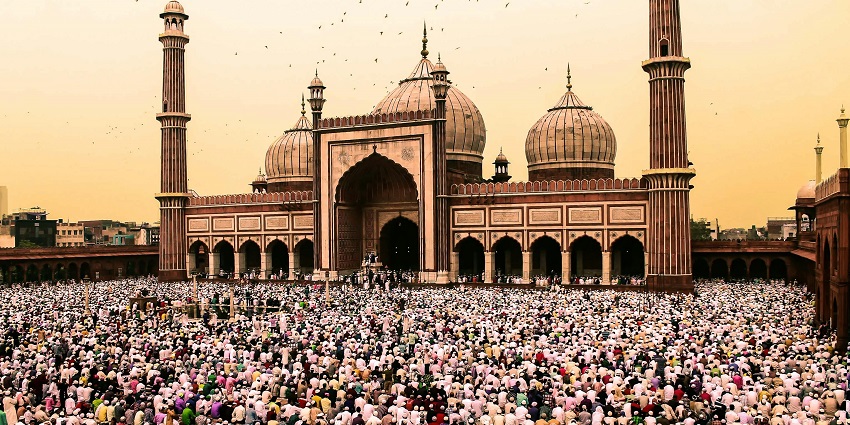
Photo: Chattrapal (Shitji) Singh / Pexels
The best time to visit the museum and its surrounding attractions is from October to March, the cool months of the year. During this time, Delhi is really pleasant, and you can very easily go ahead exploring the various historical and cultural places of interest in the city. The weather is just fine, with clear skies, ideal for sightseeing.
Tips For Travellers

Photo: Oleksandr P / Pexels / Image For Representation Only
There are a few things to keep in mind so as to have an amazing experience.
- Hire a guide for the visit to the museum for an insightful experience.
- Choose to wear comfortable footwear since you will be walking a lot.
- Prefer visiting either early in the morning or late in the afternoon when it is not scorching hot.
Suggested Read: Explore The Must-Visit Places In Old Delhi On Your Idyllic Delhi Tour
A visit to the Lal Qila Museum will help one understand the richness of heritage that India’s history is associated with. Nestled within the Red Fort, it breathes life into the stories of the Mughal epoch. The arena outside the museum is drenched with cultural and historical significance. Book a trip to this museum and its nearby marvels with TripXL, and unveil the colourful culture of Old Delhi.
Cover Photo: Nishant88dp / Wikimedia Commons


 WhatsApp
WhatsApp
 Twitter
Twitter









